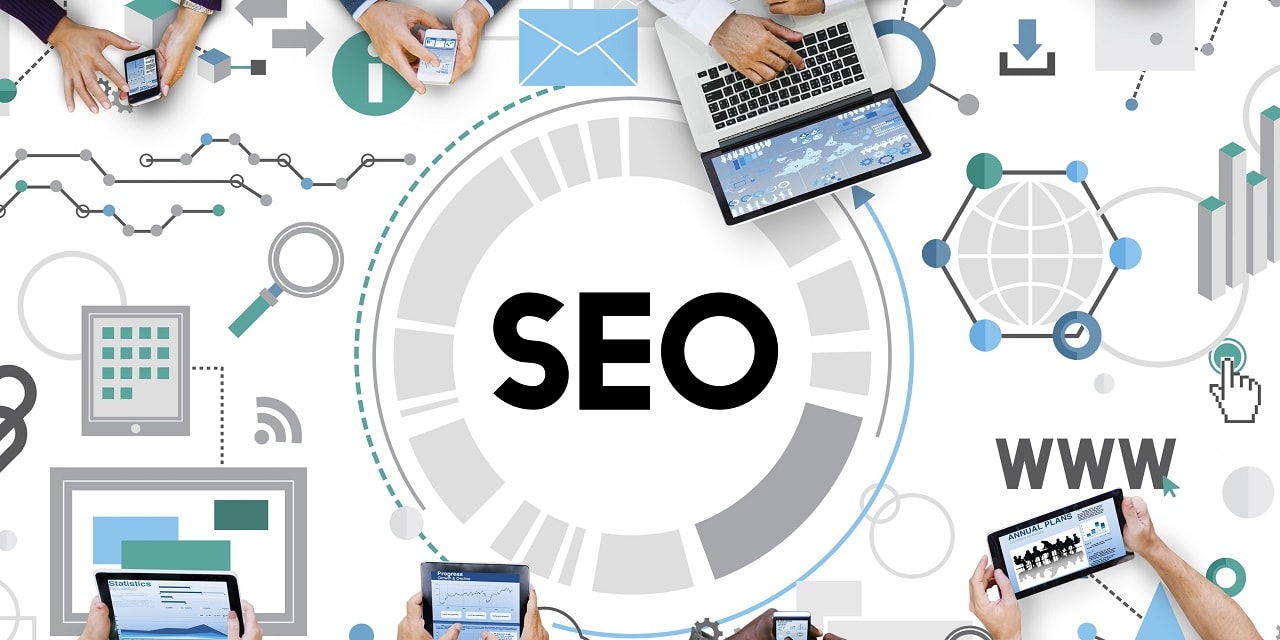Let’s be honest: SEO without a business objective is just busywork.
Too many teams treat SEO like a checklist—optimize some pages, chase a few backlinks, maybe write a blog post or two. But if your SEO strategy isn’t tied to clear business goals, it’s unlikely to deliver meaningful results.
In 2025, effective SEO is about strategy with intent. It’s no longer about simply ranking—it’s about attracting the right traffic, at the right time, for the right reasons.
This guide walks you through how to build and execute an SEO strategy that supports your business objectives—from revenue growth and brand authority to customer retention and thought leadership.
Why Your SEO Strategy Must Tie Back to Business Goals
SEO is not just a marketing channel—it’s a growth engine. But to truly drive results, your SEO efforts need to map to measurable business outcomes like:
- Increasing qualified leads
- Improving customer acquisition costs (CAC)
- Building brand awareness and authority
- Nurturing users through the funnel
- Boosting customer trust and retention
If your SEO strategy can’t be traced back to one of these, it’s time to rethink your approach.
Step 1: Define Your Business Objectives First
Before you do keyword research or touch your CMS, start by answering:
- What are the company’s primary business goals for the next 6–12 months?
- What KPIs matter most to stakeholders (e.g., traffic, conversions, demo requests)?
- Who is the ideal customer—and what does their journey look like?
Example Business Goal:
“Increase SaaS free trial signups by 30% over the next two quarters.”
From there, every SEO initiative—content, technical optimization, backlinks—should be evaluated by its potential to support that goal.
Step 2: Map SEO Efforts to the Customer Journey
SEO shouldn’t just bring users to your site—it should move them through the funnel.
Awareness Stage
At this top-of-funnel stage, your goal is visibility.
SEO Tactics:
- High-volume informational keywords
- Blog posts, how-tos, and guides
- Optimize for featured snippets and People Also Ask boxes
- Build internal links to mid-funnel content
Consideration Stage
Here, your focus shifts to building trust and demonstrating value.
SEO Tactics:
- Comparison pages, product vs. product
- Thought leadership and expert commentary
- FAQ pages targeting commercial investigation queries
- Showcase EEAT elements (author bios, citations, testimonials)
Decision Stage
Now it’s time to convert.
SEO Tactics:
- Landing pages optimized for transactional intent
- Product/service pages with clear CTAs
- Fast, mobile-first design for high conversion UX
- Technical SEO to ensure no indexing or crawl issues
Step 3: Prioritize High-Impact Pages and Keywords
Not all traffic is created equal.
To align SEO with business outcomes, identify which pages and keywords are most likely to convert or influence revenue.
Use tools like:
- Google Search Console (to find high-impression, low-CTR pages)
- Ahrefs/Semrush (for keyword difficulty vs. ROI analysis)
- GA4 (for tracking content conversion paths)
Ask yourself:
Which queries bring in qualified users, not just casual visitors?

Step 4: Build Content Around Business Value
In 2025, content needs to do more than rank—it has to support business goals and build authority.
Align Content with User Intent and Revenue
Instead of writing blog posts that chase search volume, focus on topics that:
- Attract your ICP (ideal customer profile)
- Demonstrate expertise and build trust
- Naturally tie into your product or service
- Can be repurposed across channels (sales, email, PR)
EEAT: A Non-Negotiable in 2025
To rank and convert, content must signal Experience, Expertise, Authoritativeness, and Trustworthiness.
Ways to show EEAT:
- Publish bylined content from real experts
- Include quotes, data, and real-world examples
- Link to reputable sources
- Update stale or outdated information
- Highlight customer success stories and testimonials
Step 5: Don’t Neglect UX and Technical SEO
Your SEO content won’t matter if your site underperforms technically—or turns users away.
Mobile-First and UX Optimization
- Use responsive design
- Improve load times (especially Largest Contentful Paint)
- Make navigation intuitive
- Use clear, action-driven CTAs
- Ensure accessibility (alt text, contrast, readable fonts)
Technical SEO for Business Impact
- Submit and maintain XML sitemaps
- Fix crawl errors or broken links
- Eliminate duplicate content
- Use canonical tags properly
- Implement schema markup for rich results
Bonus Tip: Use Core Web Vitals data to flag and fix friction points that could reduce conversions.
Step 6: Invest in Sustainable Backlink Building
Backlinks remain a critical signal of authority—but quality beats quantity.
Backlink Tactics Aligned with Business Goals
- Publish unique research or insights people want to cite
- Pitch guest content to sites your customers read
- Use digital PR to build brand awareness
- List your site in industry-specific directories
- Collaborate with partners or influencers for co-branded content
Avoid outdated link-building strategies like:
- Mass directory submissions
- Comment spam
- Buying links (especially from low-authority sites)
- Exact-match anchor text spam
Modern link building is about earning trust, not gaming the algorithm.
Step 7: Track What Matters (And Skip Vanity Metrics)
Ranking #1 doesn’t mean much if no one’s converting.
Track these business-aligned metrics:
- Organic conversions (leads, signups, purchases)
- Assisted conversions from organic search
- Conversion rate per landing page
- Organic revenue or pipeline influenced
- Customer lifetime value (CLV) from SEO-driven users
- Drop-off points in the SEO content journey
Use GA4, Search Console, and CRM integrations to track the real impact of your SEO strategy.
releated:How to Align Your SEO Strategy with Business Goals
Outdated SEO Tactics to Leave Behind
In 2025, these tactics are not just ineffective—they can hurt your performance:
🚫 Keyword stuffing
🚫 Chasing volume over intent
🚫 Low-quality AI-generated content
🚫 PBNs and spammy backlinks
🚫 Thin or duplicate pages for every variation
🚫 “SEO content” that doesn’t serve a business purpose
Focus instead on quality, user value, and alignment with goals.
SEO + Business Alignment: Actionable Checklist
✅ Define business objectives and match SEO KPIs to them
✅ Map SEO content to stages of the customer journey
✅ Prioritize keywords and pages with high conversion potential
✅ Build trust with EEAT signals and expert-driven content
✅ Ensure mobile-first, UX-optimized experiences
✅ Monitor technical SEO health regularly
✅ Build high-quality, relevant backlinks
✅ Avoid outdated or spammy tactics
✅ Track conversions, not just rankings or traffic
✅ Continuously optimize based on what drives results
Final Thoughts
SEO isn’t a silo. In 2025, the most successful strategies are deeply integrated with business goals—from the keywords you target to the content you publish and the links you build.
If your SEO work doesn’t serve a larger purpose—customer acquisition, brand trust, retention, or revenue—it’s time to pivot.
So whether you’re a content strategist, founder, or marketing lead, remember: the goal of SEO isn’t traffic. It’s business growth.




